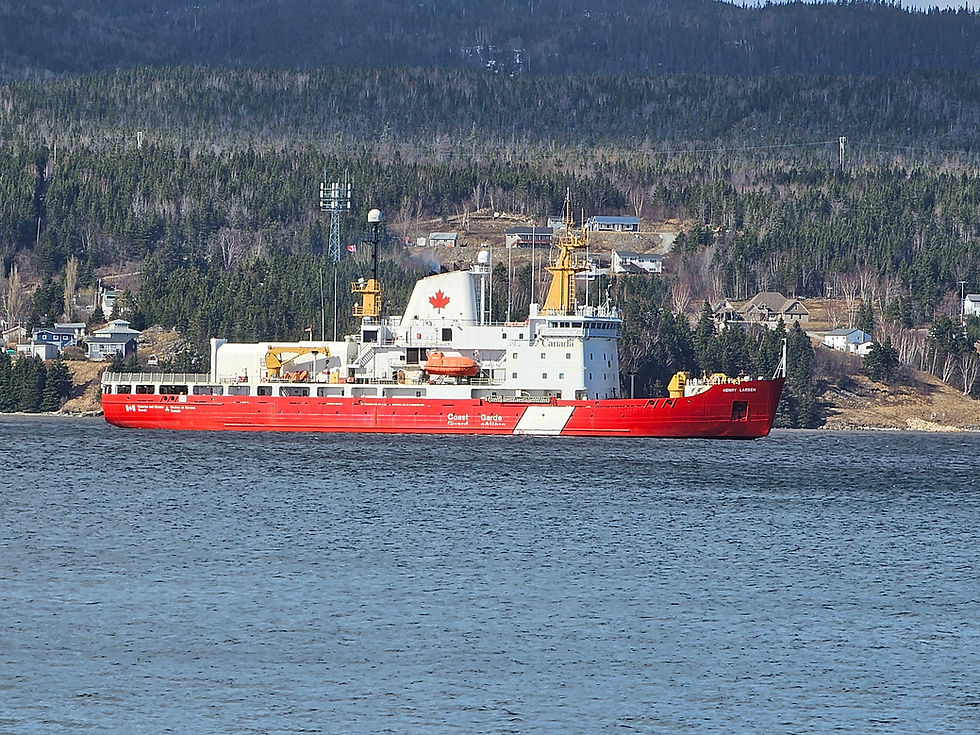A brief history of LGBTQ2I struggles in Canada
- News Staff

- Jun 4, 2023
- 2 min read

Those in Canada who identify as LGBTQ2I still face forms of discrimination today.
However, Canada was referred to as the most gay-friendly country in the world in the Gay Travel Index chart in 2021. Canada is also among the five safest in Forbes magazine in 2019, ranked the least dangerous in Asher & Lyric's LGBTQ+ Danger Index in 2023, and tied for first in the Equaldex Equality Index in 2023.
While Canada is considered safe today for LGBTQ2I people, it wasn't always this way.
RCMP dedicated unit to remove homosexuals from government & law enforcement
In the 1950s and 1960s, the RCMP kept records on homosexuals and patrons of gay bars in Ottawa. The RCMP even created a unit that was dedicated to removing all homosexuals from government and law enforcement.
Police raids continued long after same-sex sexual activity was decriminalized, there was a raid at Goliath's, a bathhouse in Calgary, Alberta as recent as 2002. In this case, all charges against customers were dropped. But charges were laid against the owners.
On June 27, 1969, same-sex sexual activity was made lawful in Canada. That was only 54 years ago. Until 1973, homosexuality was considered to be a mental illness. There were various "treatments" used to cure people, including electroshock therapy, lobotomies, and conversion therapies. Conversion therapy wasn't banned in Canada until 2022.
A Turning Point
The Supreme Court of Canada heard the case Egan v Canada in 1995. The Court held that sexual orientation is constitutionally protected under the equality clause of the Canadian Charter of Rights and Freedoms.
In 2005, Canada was the fourth country in the world, and the first in the Americas, to legalize same-sex marriage nationwide.
Canada has become an advocate for LGBTQ2I rights internationally. In 2011, the UN Human Rights Council passed its first resolution recognizing LGBT rights.




Comments